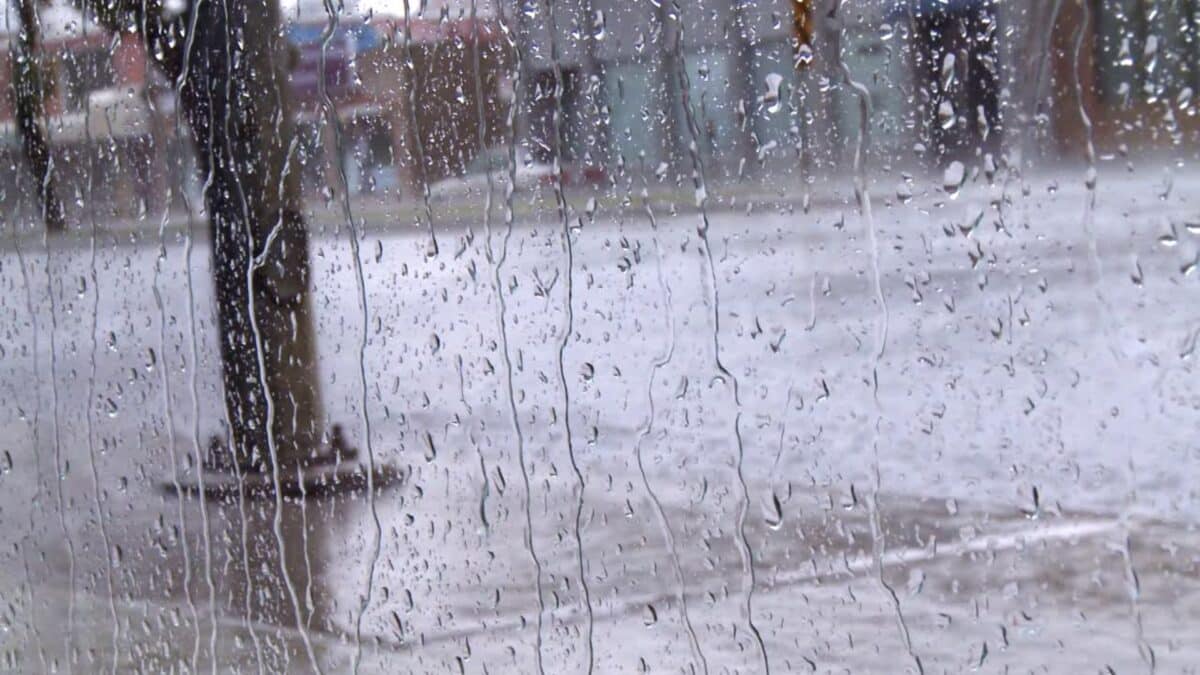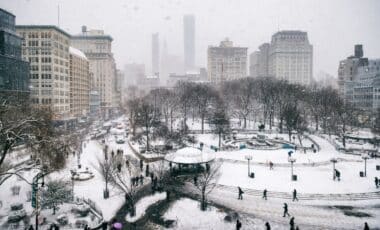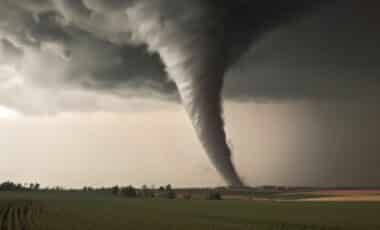After enduring a scorching heat wave to kick off the summer, New York City residents are now looking ahead to what’s in store for the coming month. According to the latest forecasts from the National Weather Service (NWS), July 2025 promises to bring above-average temperatures and higher-than-usual rainfall across the state. While many are still reeling from the intense heat, the upcoming month’s weather patterns could influence daily life, particularly for those planning outdoor activities or navigating the potential for flooding in some areas.
This weather outlook follows a notably wet spring and a hot June, making it crucial for residents and local authorities to prepare for the shifting climate conditions. The National Weather Service’s monthly temperature and precipitation predictions give a clearer picture of what can be expected during July, helping people adjust plans accordingly.
Above-Average Temperatures Expected for July
The NWS’s Climate Prediction Center has indicated that New York will experience a warmer-than-usual July. There is a 40-50% chance that the state will see higher-than-average temperatures for much of the month. Historically, the mean high temperature for July in Central Park is 84.9°F, but the 2025 forecast suggests these temperatures could exceed that mark.
The forecast of increased temperatures comes after a hot start to the summer, which has already seen New York City experience record-breaking highs. As July rolls in, residents can expect the heat to continue, with the likelihood of frequent days of summer warmth stretching into mid-month. This prolonged heat may also contribute to more strain on local power grids and cooling systems, particularly in urban areas.
A Rainy July Ahead
In addition to higher temperatures, New York is also expected to experience above-average rainfall. The NWS forecast indicates a 40-50% chance of elevated rainfall levels in certain parts of the state, including New York City, Long Island, and a portion of the Hudson Valley. Central Park, on average, receives about 4.6 inches of rainfall during July, making it the wettest month of the year in the city.
The forecast points to increased likelihoods of rain showers and thunderstorms, particularly as the month progresses. This may lead to localized flooding, especially in areas with poor drainage systems. It will be crucial for local governments to monitor these conditions, particularly in flood-prone areas, to mitigate any adverse impacts.

Regional Variations in Precipitation
While some areas are expected to experience significant rainfall, other regions of New York will see more variability in terms of precipitation. In places like the North Country, located near the Canadian border, the chances of above-average rainfall are more evenly balanced, with equal probabilities for both above and below-average conditions.
Other regions, such as Central and Western New York, also have a 33-40% chance of seeing higher-than-average rainfall amounts. This means some areas may experience drier conditions than usual, which could have implications for farming and outdoor events. Localized weather patterns, such as summer storms, may also lead to variations in precipitation within these regions.

The Impact of Weather on Daily Life
The combination of elevated temperatures and increased rainfall could present challenges for New Yorkers in the coming weeks. The higher-than-average temperatures may place pressure on public cooling centers and air conditioning systems, especially in low-income neighborhoods where access to cooling resources can be limited. Furthermore, the increased rainfall could complicate outdoor activities, especially for those planning to visit parks or attend public events.
The impact of these conditions could be more pronounced in the city’s infrastructure. Already-saturated ground from prior rainfall and intense summer storms could exacerbate the risk of flooding, making it critical for residents to stay prepared for potential disruptions. Additionally, those in agriculture-dependent areas should be ready for the possibility of delayed harvests or difficulty managing irrigation.









